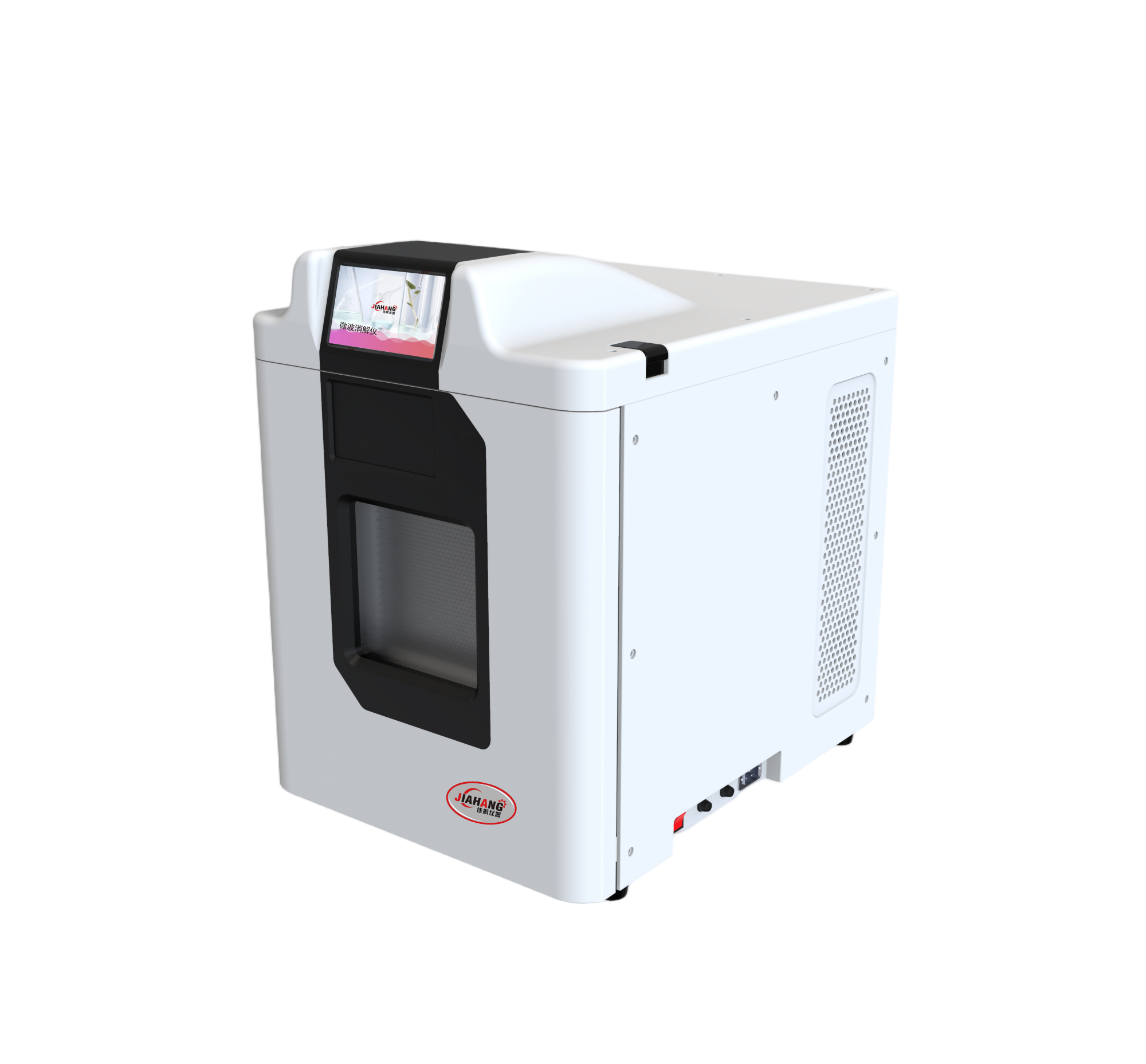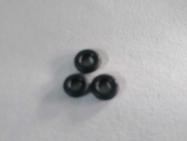June 11, 2025
Tag:
1. Preface
An O-ring rubber ring is a type of rubber ring with a circular cross-section. Due to its O-shaped cross-section, it is called an O-ring rubber ring. It is the most widely used type in hydraulic and pneumatic transmission systems. O-rings are annular rubber rings with a circular cross-section, mainly used to prevent the leakage of liquid and gas media in mechanical parts under static conditions. In some cases, it can also be used as a dynamic sealing element for axial reciprocating motion and low-speed rotational motion. According to different conditions, different materials can be selected respectively to adapt to them. For different types of fixed sealing or dynamic sealing application scenarios, O-rings provide designers with an effective and economical sealing element. In order to detect various inorganic elements therein, a suitable microwave digestion instrument method is sought for pretreatment, which is conducive to the rapid and accurate determination of the inorganic element content in O-ring rubber by subsequent detection equipment such as AAS, ICP, and ICP-MS.
2. Instruments and reagents
2.1 Instruments
Digipol-MWD60 fully automatic intelligent microwave digestion instrument, TK-12 acid eliminator, analytical balance (one part per 100,000), etc

2.2 Reagents
Nitric acid (68%), hydrofluoric acid (40%
3. Experimental Methods
3.1 Sample Pictures

3.2 Microwave Digestion
Accurately weigh 0.1g of the sample (accurate to 0.1mg), place it at the bottom of the digestion tank, add 8mL of nitric acid, let it stand for about 15 minutes, assemble the digestion tank, and conduct the digestion experiment according to the following set parameters:
| Stage | temperature /℃ | Time /min | Power /W |
|
1 |
150 |
10 |
400 |
|
2 |
180 |
5 |
400 |
|
3 |
200 |
30 |
400 |
At the end of the experiment, after cooling to below 60℃, take it out and transfer it to a fume hood to open the digestion tank. The sample was not completely dissolved.
Re-weigh 0.1g of the sample (accurate to 0.1mg), place it at the bottom of the digestion tank, add 8mL of nitric acid and 2mL of hydrofluoric acid, let it stand for about 15 minutes, assemble the digestion tank, and conduct the digestion experiment according to the following set parameters:
| Stage | temperature /℃ | Time /min | Power /W |
|
1 |
150 |
10 |
400 |
|
2 |
180 |
5 |
400 |
|
3 |
210 |
45 |
400 |
After the experiment is completed, the solution should be taken out after cooling to below 60℃. After acid removal and volume adjustment, the digestion solution should be clear and transparent.
3.3 Sampling Quantity
The experiment found that the sample would react slowly when soaked in acid at room temperature. Therefore, it is recommended to soak it in acid overnight before microwave digestion, and the maximum sample size should not exceed 0.1g.
4. Result
The O-ring samples selected for the experiment should not have a maximum sampling volume exceeding 0.1g. They should be soaked overnight in a mixed acid of nitric acid and hydrofluoric acid and then subjected to microwave digestion at a maximum temperature of 210℃ for about 40 minutes, which can completely dissolve the samples.
5. Precautions
The pretreatment effect of the sample by adding acid and standing overnight is better than that by heating.
2. Depending on the composition of the sample, the parameters of the microwave digestion experiment will also vary. The most suitable experimental method should be selected based on actual needs.


Contact Us
Tel: (+86) 400 610 1188
WhatsApp/Telegram/Wechat: +86 13621645194
+86 15021993094
Follow Us:




 Pharma Sources Insight July 2025
Pharma Sources Insight July 2025


